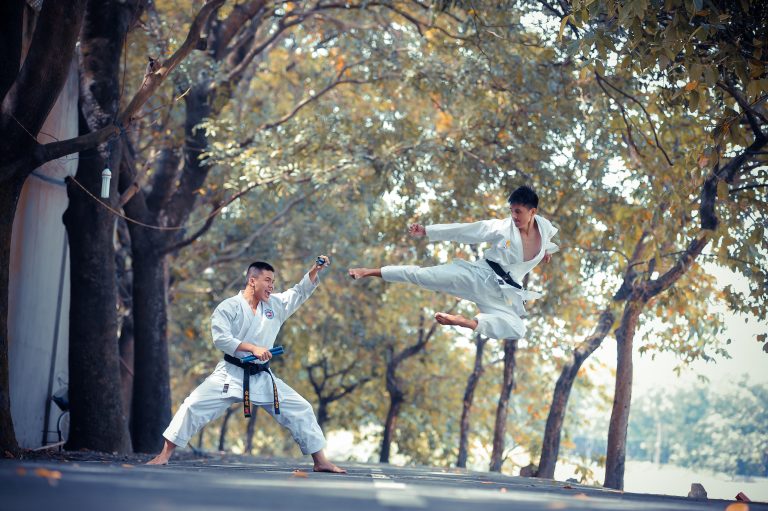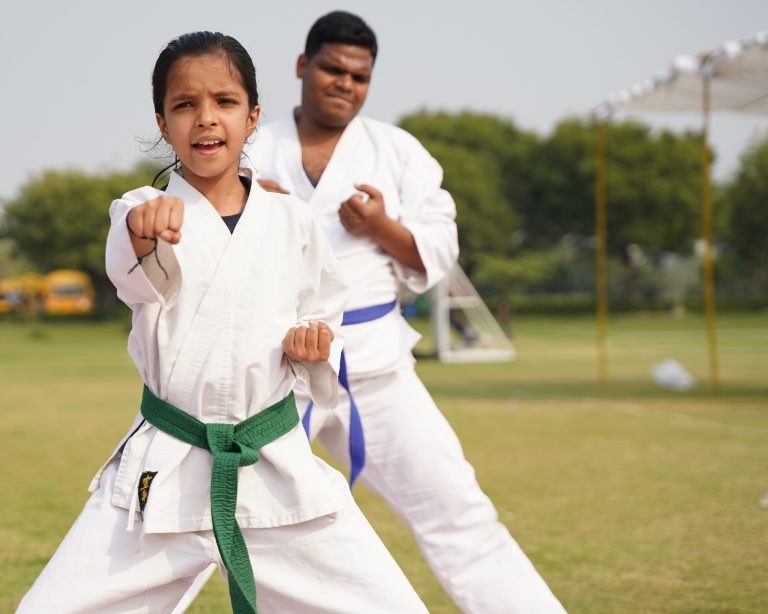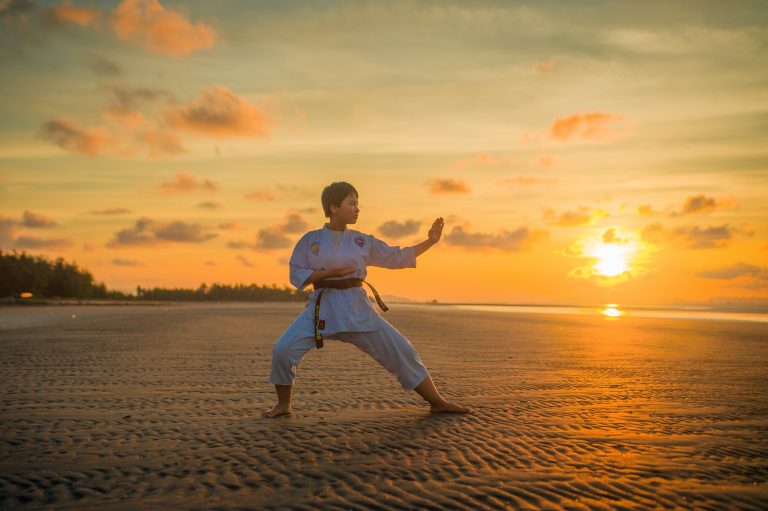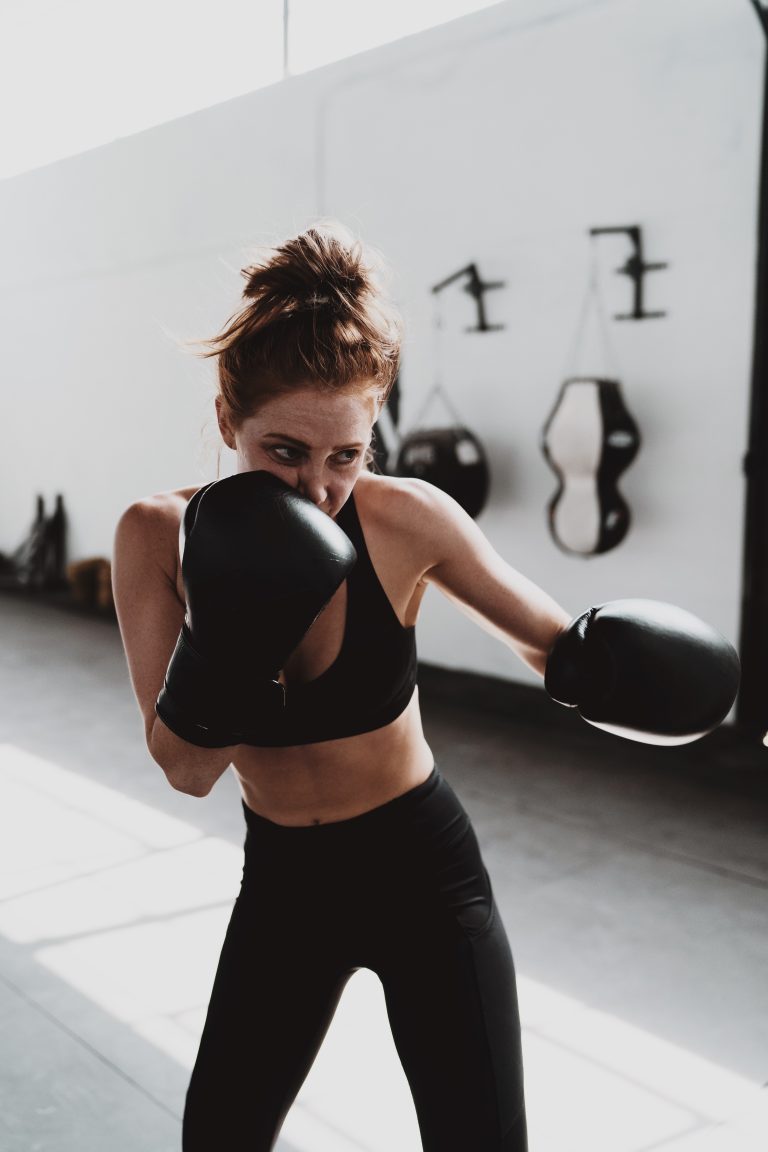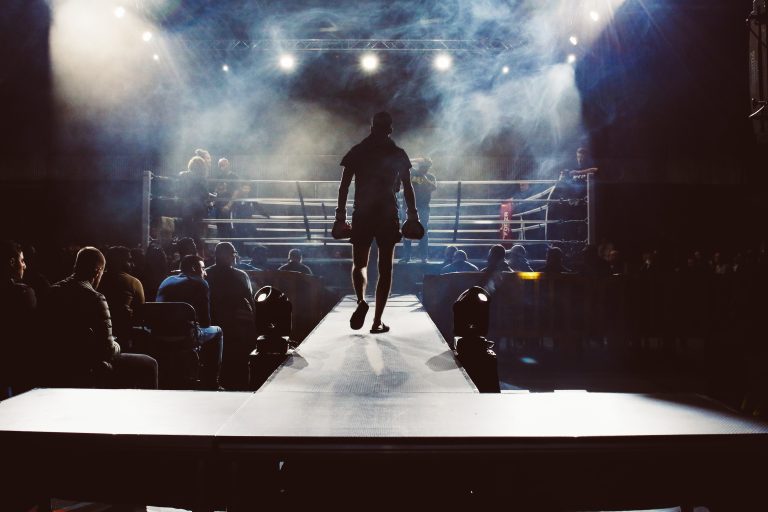How to Greet a Karate Master: A Guide for Beginners
Karate is a martial art that originated in Okinawa, Japan, in the early 20th century. It is a sport that requires discipline, focus, and respect. One of the fundamental principles of karate is showing respect to your master, or sensei. This includes knowing how to greet them properly. In this article, we will go over the proper way to greet a karate master.
1. Bowing
Bowing is a traditional form of showing respect in Japanese culture, and it is an essential part of karate. When greeting a karate master or entering the dojo (training area), you should bow. There are different types of bows in karate, and each has a specific purpose.
– Ritsurei (Standing bow): To show respect to the dojo and to the karate master.
– Zarei (Kneeling bow): To show respect to the training area, to the karate master, and to other martial artists.
When bowing, make sure your back is straight, your head is bowed, and your hands are at your sides. The duration of the bow depends on the situation. A deeper bow indicates more respect, and a shorter bow indicates less.
2. Addressing the Karate Master
It is important to know how to address your karate master properly. In Japanese culture, titles are vital, and everyone has a specific title based on their status and relationship to you. Here are the most common titles you will encounter in karate:
– Sensei: Teacher or instructor.
– Sempai: Senior student or assistant instructor.
– Kohai: Junior student.
When speaking to your karate master, always use their title of Sensei, followed by their surname. For example, „Sensei Tanaka.“ If the karate master has multiple titles or ranks, you can use either their highest title or the one they prefer.
3. Following the Rules and Etiquette
Each dojo has specific rules and etiquette that all students must follow. These rules and etiquette are in place to ensure everyone’s safety and to maintain a respectful environment. Before entering the dojo, make sure to familiarize yourself with the rules and etiquette.
Some general rules and etiquette include:
– Removing your shoes before entering the dojo.
– Keeping the dojo clean and tidy.
– Respecting your fellow students and the karate master.
– Not interrupting others while they are training.
– Not leaving or entering the dojo without the karate master’s permission.
4. Showing Gratitude
In Japanese culture, showing gratitude is an essential part of showing respect. After a training session or a class, it is polite to thank your karate master for their time and knowledge. You can say something like, „Arigatou gozaimashita“ (thank you very much).
It is also common to bow again when leaving the dojo as a sign of respect and gratitude.
How to Greet a Karate Master: Answers to the Most Commonly Asked Questions
Karate is a form of martial art that originated in Japan and has become popular all over the world. It is not just a sport, but a way of life that teaches discipline, respect, and humility. When practicing karate, it is important to show courtesy and respect to your master or instructor. Here are the most frequently asked questions about how to greet a karate master.
1. What is the proper way to bow?
Bowing is an important part of karate etiquette, and it is a sign of respect to your instructor and fellow students. When bowing, stand up tall and straight with your arms by your sides. Then, bend forward at the waist until your upper body is at a 30-degree angle. Keep your eyes focused on the ground, and hold the bow for a few seconds before straightening up. When bowing to your karate master or instructor, use a deeper bow with your upper body lowered to a 45-degree angle.
2. What should I say when greeting my karate master?
In Japanese karate, it is customary to say „Osu“ when greeting your karate master or instructor. This expression is used to show respect and is similar to saying „yes“ or „I understand“. It can also be used to acknowledge instructions or orders from your instructor during training. When saying „osu,“ make sure to articulate each syllable clearly and with a strong voice.
3. What should I wear when meeting my karate master?
When meeting your karate master, you should wear clean and appropriate training clothes, such as a karate gi or uniform. This shows that you take your training seriously and have respect for your instructor. Make sure to have your belt tied correctly, as this is another important aspect of karate etiquette.
4. What should I do if I make a mistake during training?
Making mistakes is a natural part of learning, and your karate master knows this. However, it is important to show humility and respect when making a mistake. If you make a mistake during training, bow to your instructor and say „sumimasen,“ which means „excuse me“ or „sorry.“ This shows that you acknowledge your mistake and are committed to improving your skills.
5. Can I ask my karate master for help outside of class?
Yes, it is appropriate to ask your karate master for help outside of class, but make sure to do so respectfully and at an appropriate time. Your instructor may have other obligations or commitments, so make sure to ask for help in advance and be understanding if they are unable to assist you.
6. Should I bring a gift when meeting my karate master?
In Japanese culture, it is customary to bring a gift when meeting someone of higher status, such as a karate master. However, it is not necessary to bring a gift every time you meet your instructor. If you do decide to bring a gift, it should be small, thoughtful, and not too expensive. Some good gift ideas include Japanese tea, a calligraphy set, or a small token from your hometown.
How to Greet a Karate Master: A Step-by-Step Guide
Karate is a Japanese martial art that has been practiced all over the world for centuries. The practice of karate involves both physical and mental discipline, and it is deeply rooted in Japanese culture. As such, it is important to understand the proper etiquette when greeting a karate master or sensei.
In this guide, we will provide you with step-by-step instructions on how to greet a karate master with respect and honor.
Step 1: Approach with Respect
As you approach the dojo or training area where the karate master teaches, it is important to do so with a deep sense of respect. This means that you should approach in a calm and orderly manner, avoiding any sudden movements or loud noises.
Step 2: Bow
When you enter the dojo, it is traditional to bow as a sign of respect to the karate master and to the art of karate itself. This should be done as a sign of humility and to acknowledge that you are entering a sacred space where the principles of karate are taught and practiced.
Step 3: Use Proper Titles
When addressing the karate master, it is important to use the proper titles, such as sensei, which means teacher or master. This title should be used with their last name, such as „Sensei Smith“ or „Master Johnson.“
It is important to note that some karate masters may have different titles or be addressed by their first name instead of their last name. If you are unsure about how to address a particular karate master, it is best to ask someone who is familiar with the dojo or the individual in question.
Step 4: Use Formal Language
In addition to using proper titles, it is also common to use formal language when addressing a karate master. This means using honorifics such as „san“ and „sama,“ which are used to show respect and deference.
When speaking to a karate master, it is important to use polite and respectful language at all times. This includes avoiding slang, curse words, or any other language that could be considered disrespectful.
Step 5: Follow the Rules of the Dojo
Each dojo may have its own set of rules and guidelines that students are expected to follow. It is imperative that you follow these rules at all times, as they are designed to ensure a safe and respectful environment for everyone.
For example, some dojos may require that students wear specific uniforms or cover their tattoos as a sign of respect. Other dojos may have specific rules regarding the use of cell phones, food or drink, or equipment. Make sure that you are familiar with these rules and follow them to the letter.
Step 6: Show Gratitude
After class, it is customary to show gratitude to the karate master for their time and expertise. This can be done by bowing and saying thank you, or by presenting them with a small gift such as a bouquet of flowers or a thank you card.
It is important to note that while gifts are a common way to show gratitude, they are not required. A simple thank you and bow are sufficient to demonstrate your appreciation for their guidance and instruction.
Conclusion
In summary, greeting a karate master requires a deep sense of respect and humility. By bowing, using proper titles and formal language, following the dojo rules, and showing gratitude, you can demonstrate your respect for the karate master and the art of karate.
Remember that karate is more than just a physical practice; it is a way of life that emphasizes discipline, respect, and integrity. By following these simple steps, you can honor these principles and become a better student of the martial arts.
Inhaltsverzeichnis

